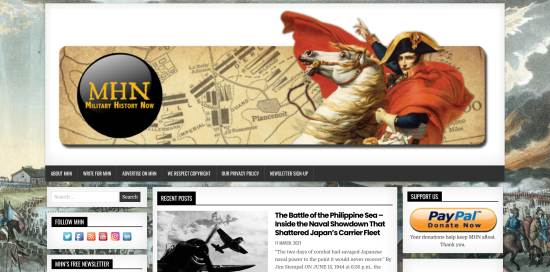Materials:
- Paints:
- Krylon Ultra Flat Black, Renaissance Ink acrylics, Renaissance Ink Ink Wash, Armory paints (no longer available), Liquitex and FolkArt
- Brushes:
- Round #0, #1 (1old, 1new), Cat Tongue #4 - all SynSable by Scharff
I do use different brands of paint, although I use our line of Renaissance Ink acrylics on 90% of this project. For wood, I like the Liquitex Raw Siena. For the silver and gold, I still have Armory paints (when the distributor stopped producing the paint line, I bought up as much as I could). FolkArt is a cheap craft-type paint. How could I paint Jerusalem's blue without FolkArt's Blue Ribbon?
Note on Brushes
This has been my observation, that I first wrote about in A Beginners Guide to Painting in the early 90s: "Nylon brushes are the best for painting miniatures. The synthetic bristles hold up to the 'poking' motion when painting, better than Red Sable." After 20+ years of painting (most as a professional), I still find this statement to be true.
I began by priming the miniatures with Krylon Ultra Flat Black. I then place them under my desk lamp - nice and close. (This is an old habit. I believe it helps the paint dry and produces shrinkage during this time, helping the paint adhere to the metal and dry smooth.)
Before adding color, I drybrush each stand with white. This leaves black in the recesses and aids with the shadows. Picking out the details is now much more obvious.
Adding Color:
When painting groups of miniatures, I start with all colors (browns, reds, yellow, flesh) that will be shaded with brown Ink Wash first.

I paint three stands at a time. After the colors are done, I wash the figs with a 3:1 ratio of water to brown ink. Using my old brush I cover each area, letting the wash flow into the recesses.
I set the three stands aside, and paint the colors on the next three stands. Once I have painted and washed these, I can return to the first three stands for highlights. I highlight the areas with the original base color. When highlighting, some figs can be left with just the Ink Wash - creating different tones.
This works great with horses - for example, three painted the same base brown. Leave one with just the Ink Wash, highlight one with the base brown color, and highlight the third with the base brown color plus a touch of white. You will have three different color horses with very little effort.

To finish up the remaining colors on the foot troops, I paint the shields blue and Ink Wash 2:1 water:ink. The grass also gets a basecoat of Renaissance Ink Field Green and green Ink Wash 2:1.
I finish up the second group of three stands, and am just about finished!
I first paint all metal parts with black Ink Wash straight from the bottle. I also line the blue shields with the cross pattern of Jerusalem. Decals can be used, but I have always enjoyed the challenge of painting each shield freehand. Silver is drybrushed over helmets and weapons. Gold paint is lined over the black crosses on each shield.
Finally, I paint the edges of the bases black. After this dries, a few quick coats of Krylon #1311 Matte Finish, and we are done!


I spent about three hours on these six stands of foot. This includes stopping for some pictures, and writing down each step.










